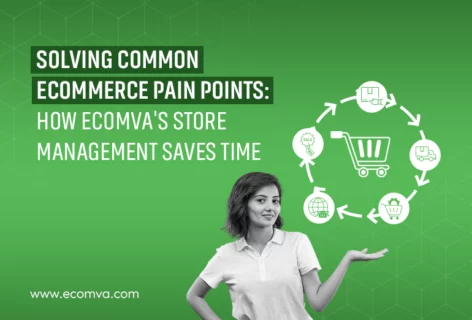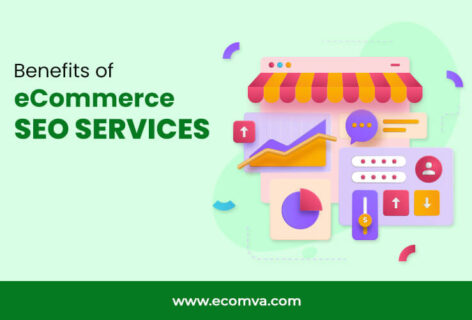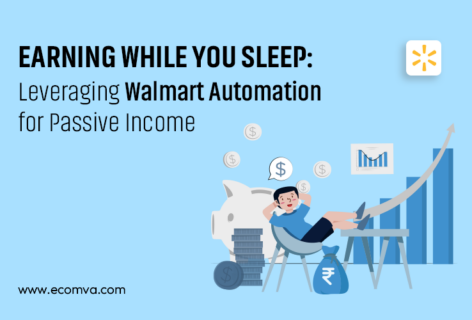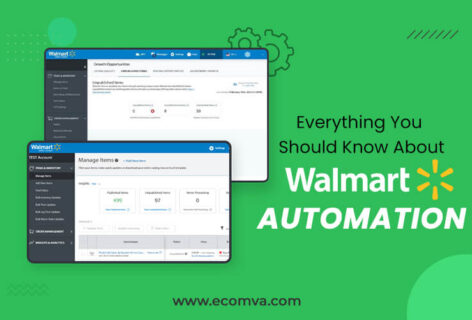Top 11 Tools Every Email Automation Expert Recommends
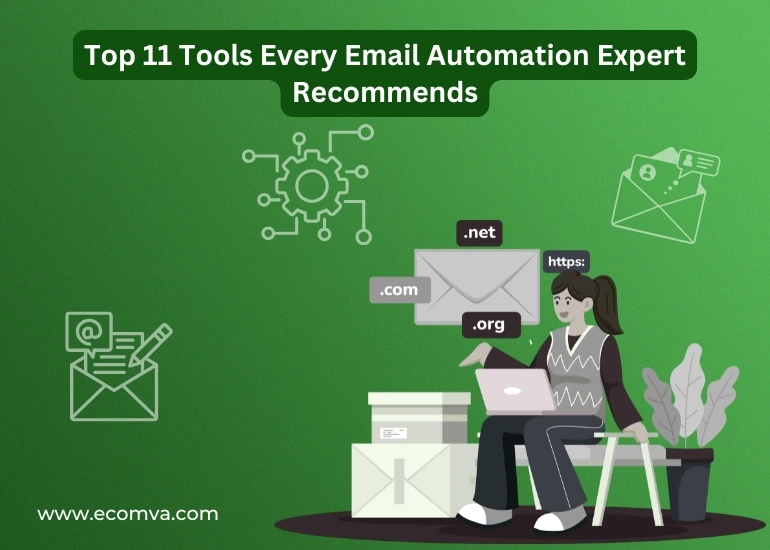
Email marketing has become a key channel for many businesses. It’s used to guide leads, build trust, and drive repeat sales. More companies are putting systems in place that send emails automatically based on how people interact with their brand. An email automation expert sets up these systems to run consistently in the background. They build flows that match your goals, your products, and how your audience behaves. This includes welcome emails, follow-ups, reminders, and post-purchase sequences.
The tools used in the process matter a lot. With the right software, businesses can manage emails faster, track results better, and handle larger volumes without delays. Here are 11 tools that many professionals rely on when building out strong email systems for growth.
11 Email Automation Tools for Business Growth
1. Klaviyo
Klaviyo is widely used by ecommerce brands, particularly those running on Shopify, BigCommerce, or WooCommerce. It’s known for its deep customer insights, product-triggered flows, and high-converting templates.
| Feature | Details |
|---|---|
| Platform Type | Email & SMS Automation |
| Best For | Ecommerce (Shopify, WooCommerce) |
| Pricing | Free for up to 500 contacts |
Many clients prefer working with a Klaviyo email automation expert to help them set up post-purchase flows, abandoned cart sequences, and product recommendations.
2. ActiveCampaign
This platform goes beyond simple email campaigns. It offers CRM features, sales automation, and behavioural targeting, making it ideal for B2B and services-based businesses.
Email marketing automation consultants often recommend ActiveCampaign for companies with longer customer journeys or complex lead nurturing needs.
3. Mailchimp
Mailchimp still holds its ground, especially for startups and growing businesses. It’s easy to use, offers free plans, and integrates well with many platforms.
However, the true value comes when an email sequence automation specialist sets up the workflows correctly. A common mistake businesses make is relying only on basic automation—this tool can do much more with expert configuration.
4. HubSpot
HubSpot is a complete CRM and marketing suite. While it’s more expensive than others, it’s often used by larger teams who need all-in-one capabilities like email, sales tracking, and landing pages.
For businesses focused on inbound marketing, working with an automated email campaign specialist who understands HubSpot’s workflow builder can make a big difference.
5. ConvertKit
ConvertKit is built with creators in mind—coaches, educators, influencers, and small online business owners.
| Feature | Detail |
|---|---|
| Best Use | Lead nurturing for creators |
| Known For | Clean UI and tag-based segmentation |
| Standout Option | Visual sequence builder |
It’s a top pick for those looking to monetize email lists through courses, memberships, or digital products. A seasoned email marketing automation consultant will usually set up ConvertKit for creators using lead magnets and evergreen sequences.
6. Drip
Drip is focused on ecommerce and delivers high personalization through behaviour-based triggers. It supports multi-channel automation, including email and SMS.
This is a go-to platform for DTC brands that sell across multiple product categories and want their email flows to reflect browsing behaviour and order history.
A well-versed email automation expert can help businesses use Drip to build revenue-focused customer journeys.
7. Litmus
Litmus is not an email platform; it’s a testing tool. It lets you preview your email across 90+ apps and devices before you send it. It also checks deliverability and spam score.
If you’re working with an automated email campaign specialist, they will likely use Litmus to make sure your campaigns look right in every inbox—whether on Gmail, Outlook, or Apple Mail.
8. Omnisend
Omnisend combines email, SMS, push notifications, and even Facebook Messenger automation into one platform. It’s built for ecommerce but is growing in use across service-based businesses as well.
With pre-built workflows for cart recovery, product reviews, and welcome sequences, it’s ideal for those looking to scale quickly. A klaviyo email automation expert might also be familiar with Omnisend due to the overlapping ecommerce features.
9. MailerLite
MailerLite is simple, affordable, and surprisingly flexible. It’s great for businesses with small teams that need strong automation on a budget.
Most email marketing automation consultants use MailerLite for clients who want clean templates, easy automation, and detailed subscriber behaviour tracking without overpaying.
10. Snov.io
Snov.io focuses on cold outreach, sales follow-ups, and lead generation emails. It’s a favourite of B2B companies looking to automate outbound messages.
| Use Case | Example |
|---|---|
| Cold Outreach | Prospecting with follow-ups |
| Integrations | CRM & LinkedIn tools |
| Tracking | Email opens and link clicks |
An email sequence automation specialist will use Snov.io for setting up cold email flows with proper warm-up schedules to avoid domain blacklisting.
11. Zapsync (Zapier + Gmail tools)
For businesses using Gmail or Google Workspace heavily, Zapsync workflows (via Zapier + tools like Gmail Parser, Google Sheets, Trello, etc.) can help build basic automations without investing in heavy-duty platforms.
This is where the best Amazon virtual assistant might step in to help set up functional automations like:
- New lead form → Auto-email → Add to CRM
- Order received → Internal alert + invoice
- Calendar meeting → Pre-call reminder sequence
Even though it’s not a full-featured email suite, Zapsync is still used by many email automation experts for connecting apps and streamlining small tasks.
Where to Go from Here?
Getting the tools right is only half the work. What matters most is setting them up the right way—and that’s where the right team can make a real difference.
If your business is planning to use email automation seriously, it helps to have people who’ve done it before. At EcomVA, our virtual assistants build, manage, and optimize email systems tailored to your goals. From Klaviyo Email Marketing Automation to full B2B and B2C ecommerce flows, we handle setup, audience segmentation, design, and follow-ups—without shortcuts.
We work with Shopify, BigCommerce, Adobe Commerce, Shopware, and custom platforms—bringing hands-on support to ecommerce, fashion, jewellery, furniture, and tile industries.
You can also hire a dedicated email automation expert or request help from our team of virtual assistants, graphic designers, or data entry professionals—all trained to support growth-focused stores.
If you’re looking for reliable results, clear reporting, and human-led strategy—speak to us today. Let’s help you get more from every email you send.
FAQs
1. How long does it take to set up a full email automation system for a business?
The setup time depends on how complex your goals are. A basic setup with a welcome flow and a few follow-ups can take a few days. If you need multiple workflows, advanced segmentation, CRM integrations, and testing, it could take 2–4 weeks. Most email automation experts break it into phases—strategy, implementation, testing, and refinement.
2. Do these tools require coding knowledge to use effectively?
No, most modern platforms are built for marketers. Tools like ConvertKit, Klaviyo, and MailerLite come with visual flow builders and drag-and-drop email editors. That said, experts sometimes use light custom code for conditional logic or design tweaks, especially in enterprise campaigns.
3. What’s the difference between campaign automation and transactional emails?
Campaign automation involves pre-planned sequences sent based on behaviour or triggers (like onboarding flows or promotional follow-ups). Transactional emails are system-triggered and usually essential—like order confirmations or password resets. While both can be automated, they often run on separate systems or under different email policies.
4. Can these platforms handle multi-language or multi-country campaigns?
Yes, several tools in the list, such as ActiveCampaign, HubSpot, and Klaviyo, support multi-language content, localization, and time zone-based sending. For global businesses, an email marketing automation consultant can set up dynamic content blocks to send tailored emails to different regions from one campaign structure.
5. What should I monitor after automation is live?
Beyond open and click rates, it’s important to track:
- Email deliverability across ISPs
- Bounce and unsubscribe rates
- Revenue per email (for ecommerce)
- Lead-to-customer conversion rate (for B2B)
- Performance by segment
Experts often review this weekly or fortnightly to make adjustments. Over time, data tells you what’s actually working and where to test improvements.

